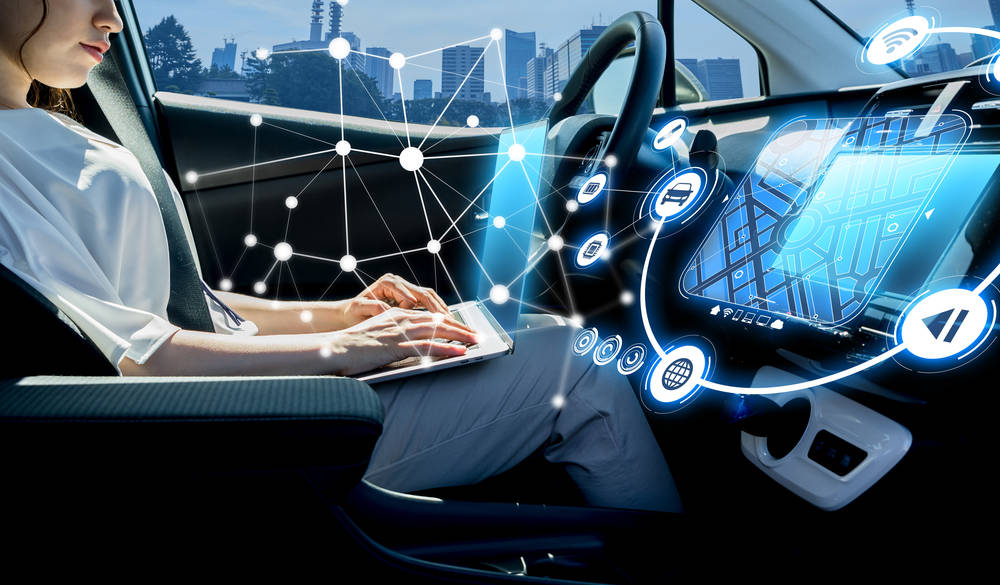Volvo has announced a recall of every single EX30, nearly 72k in all, and it’s all because of a relatively minor software error.
In a statement released today, the Sweden-based car manufacturer says EX30 vehicles can accidentally throw up a “test screen” on the center monitor, obscuring the normal driving statistics shown there including the speedometer and infotainment features. The exact cause of the bug has yet to be disclosed.
The issue first emerged last month when Volvo announced a recall for 1,255 specifically in Australia.
“Due to a software error, the infotainment unit screen may enter a test mode during startup of the vehicle. This may prevent key information such as the vehicle’s speed from being displayed,” the Australian recall says. “Failure to display key information may potentially increase the risk of injury or death to vehicle occupants and other road users.”
What makes the bug especially problematic is that, unlike almost every other car, all of Volvo’s car statistics and info like speed are located on the central screen and nowhere else. When that test screen error occurs, drivers are left in the dark about exactly how fast they’re going, and that could lead to driving that’s too reckless or too cautious, neither of which are great.
Thankfully for EX30 owners, they won’t need to take their cars into the shop or to dealers in order to get the error patched. An update, termed version 1.3.1, is now available over the air so that any user can download and install it.
This isn’t the first time Volvo has run into software issues with its newer cars. The higher-end EX90 actually got delayed by half a year purely to focus on software development, according to Volvo’s public declarations. The stakes are high when it comes to software and potential issues, especially when important components of a vehicle rely directly on software to work properly.
It’s not even an issue that uniquely plagues Volvo, as the whole car industry is introducing more cutting-edge software features and moving existing functions to the car’s central computer.
That’s especially true when it comes to self-driving, which has to run on a computer no matter what. In one instance, Cruise had to update its robo taxis so they could recognize when they’ve hit a person who is already down low or on the ground. That update was a direct response to an incident where a Cruise robo-taxi drove over a pedestrian who was already on the road after having been hit by a different vehicle, instead of just stopping after the collision happened. ®

